Rimac reveals 'groundbreaking' solid-state tech
New batteries and eAxles promise unmatched efficiency and power density; the latter in production next year

Solid-state battery technology has been discussed for a while now as the next big step forward in EV technology, with better density packing more energy into the same amount of space, and permitting much quicker charge times. But thus far it hasn’t meaningfully made the move from theory to production. Now Rimac Technology has revealed its own ‘solid-state solution’, built with Mitsubishi Chemical Group and ProLogium, at the IAA Mobility show.
The advantages seem pretty persuasive, creating a battery platform that is ‘lighter, safer and more energy-dense.’ Moreover, rather than some future ambition, Rimac believes its solid-state offering is ‘the immediate future of high-performance battery systems.’ It can claim that because the new solution actually uses some existing hardware, specifically 46XX Gen2 NMC cells; they can now be packaged and cooled more efficiently, thus improving performance. Rimac says its new layout can combine those 46XX cells with ‘power-dense’ 2170 items with ‘interchangeable cell configurations’, presumably dependent on the requirements of the installation. Maybe a hard one to get truly pumped about on a Monday morning, but given the proliferation of Rimac tech right now, collaborating with everyone from BMW to Aston Martin, the solid-state stuff is definitely worth having an awareness of. Because you're going to be hearing more about it.

Alongside the batteries, Rimac Technology has also shown new electric axles at Munich. Based on the Scalable Powertrain Platform, the claims for the Sinteg 300 and 550 are pretty remarkable: it says power density is now more than 10hp per kilo, with its new rotor design (which is patented) meaning ‘unprecedented torque and power in a package which fits into carry-on luggage’. The new axles will be offered with anything up to 489hp (360kW) for everything from sports cars to SUVs; with that power density factored in, that means less than 50kg for an electric axle of that potency. Ally it to a solid-state battery solution and we’ll have cars back under two tonnes before you know it.
And that really could be sooner than expected, Rimac Technology stating that a version of the 550 - officially the Dual EM EDU 550 eAxle - will go into series production next year for ‘a global OEM.’ Like we said, maybe not as exhilarating as another Nevera racing a Koenigsegg to 250mph and back again, but much more important to Rimac’s future as a tech business. Nurdin Pitarevi?, COO of Rimac Technology, added: "What we're showcasing at IAA represents the convergence of breakthrough innovation and production readiness. These aren't simply concept technologies; they’ve been developed to be production-ready solutions that will power hundreds of thousands of vehicles in the coming years."
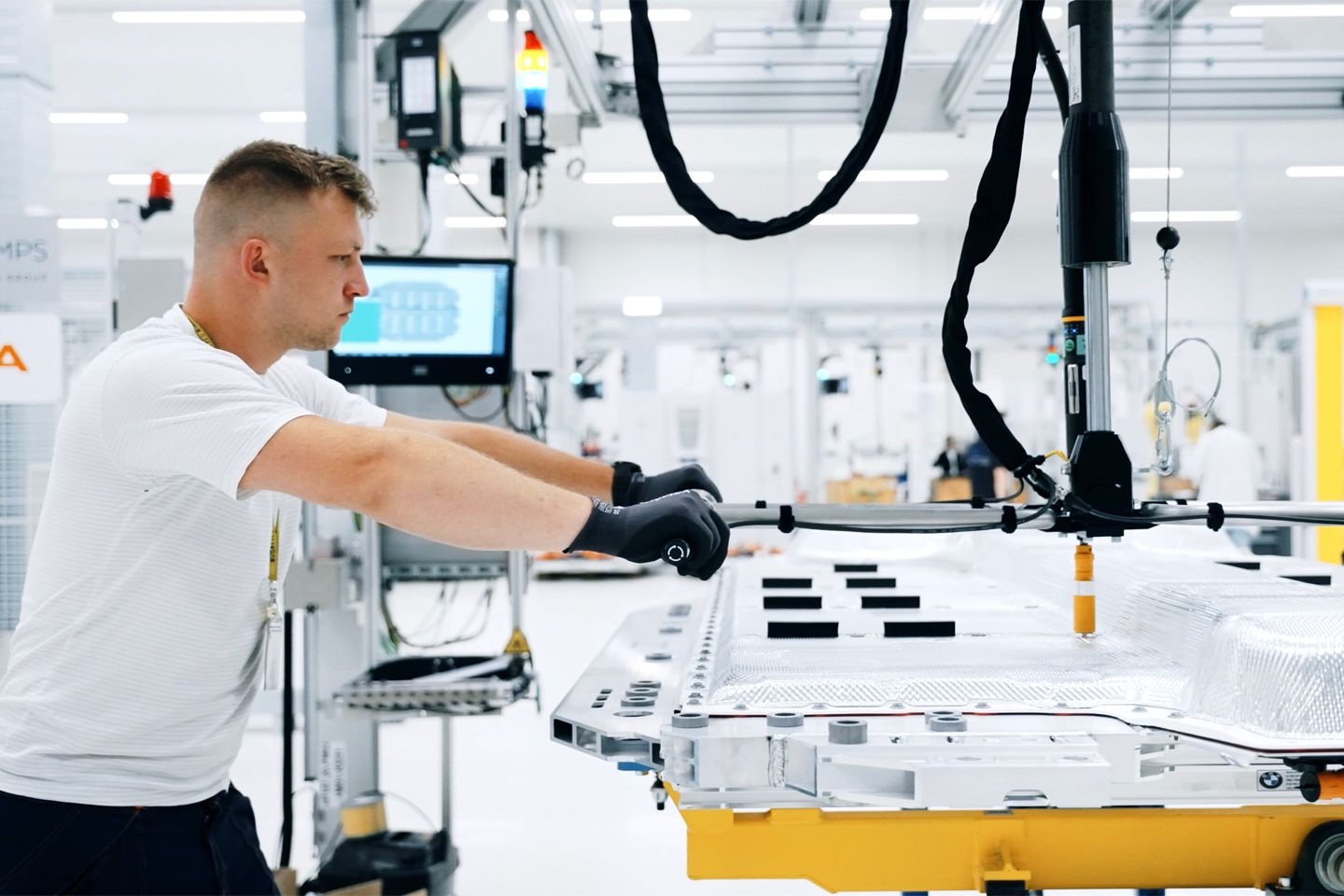
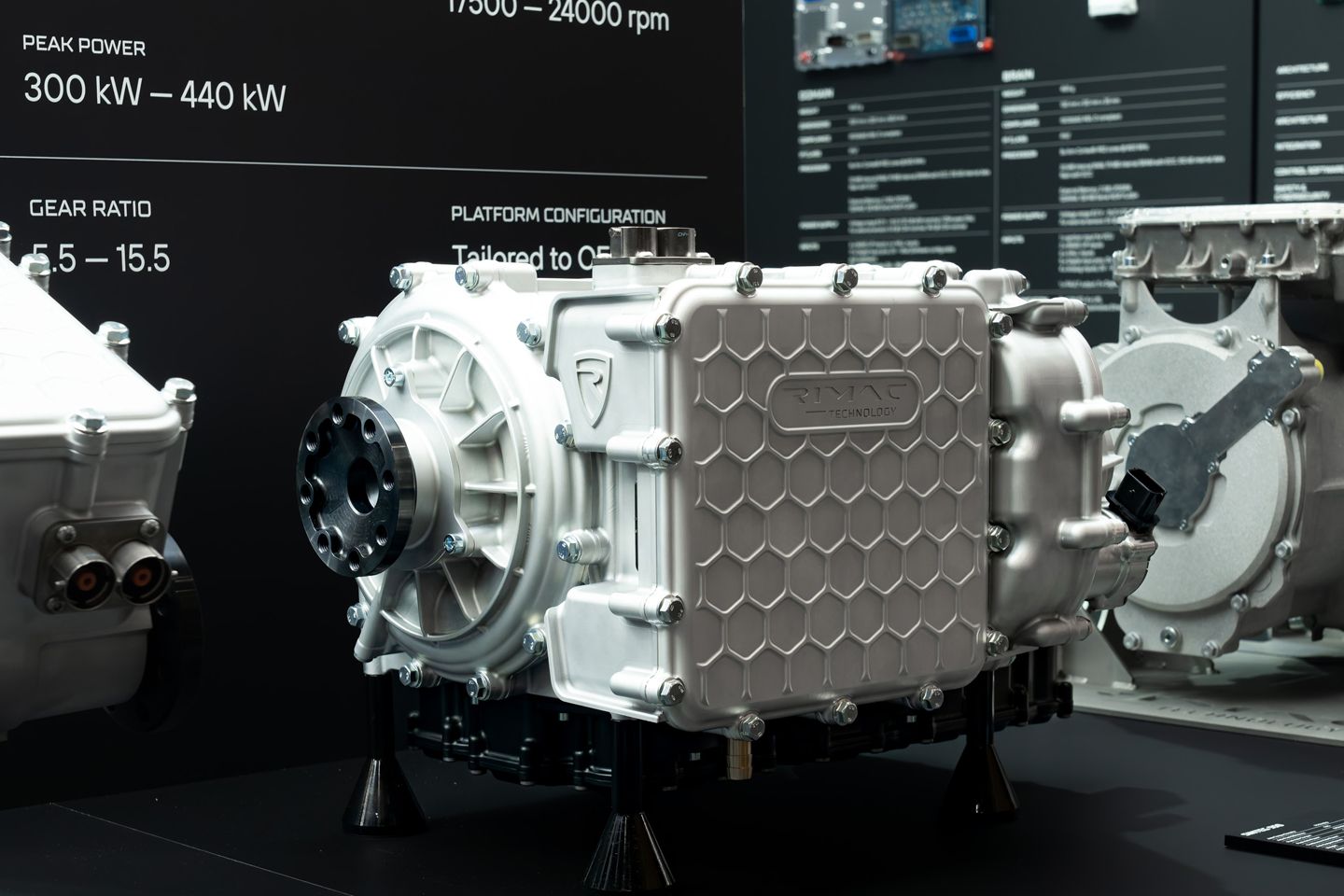
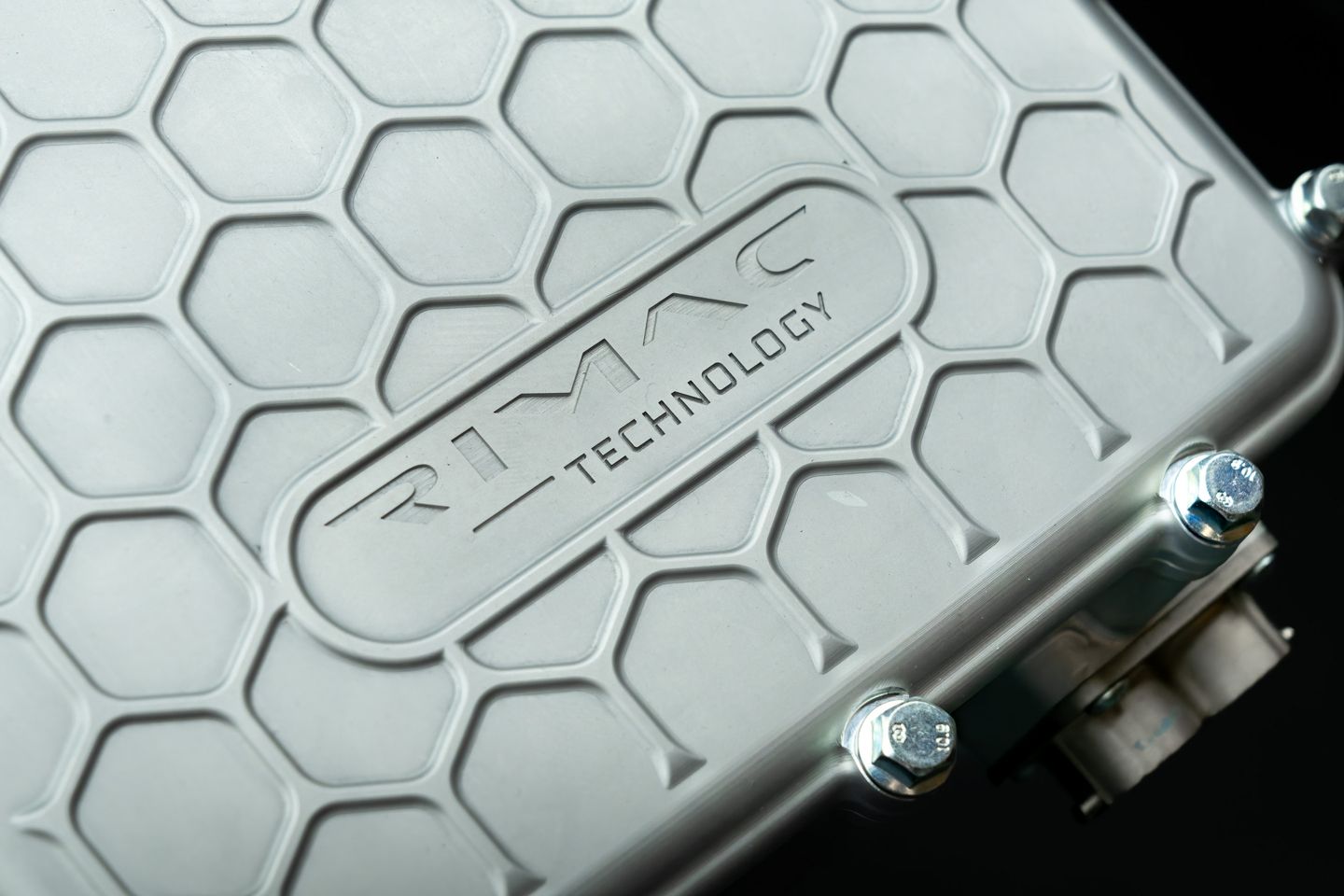
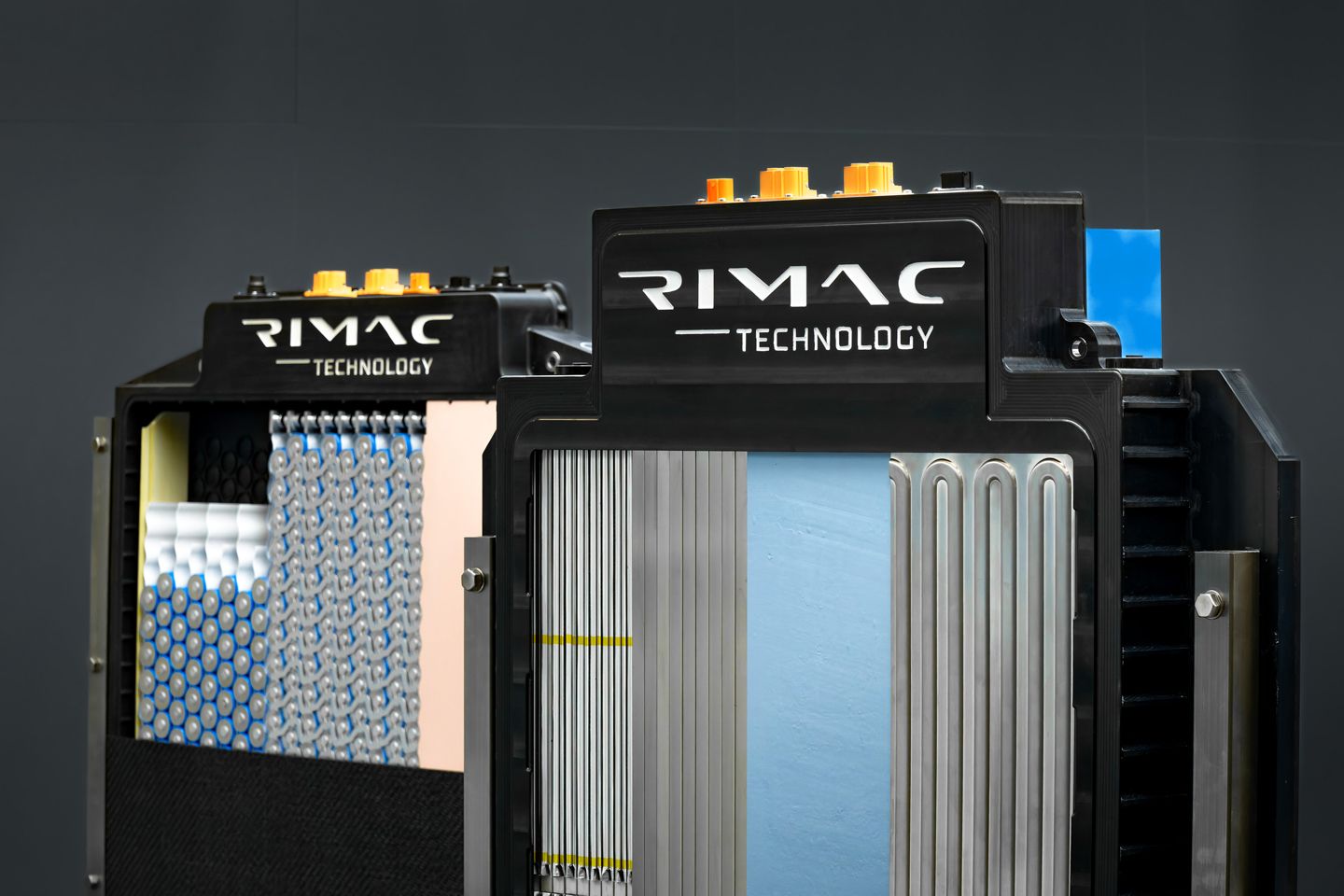
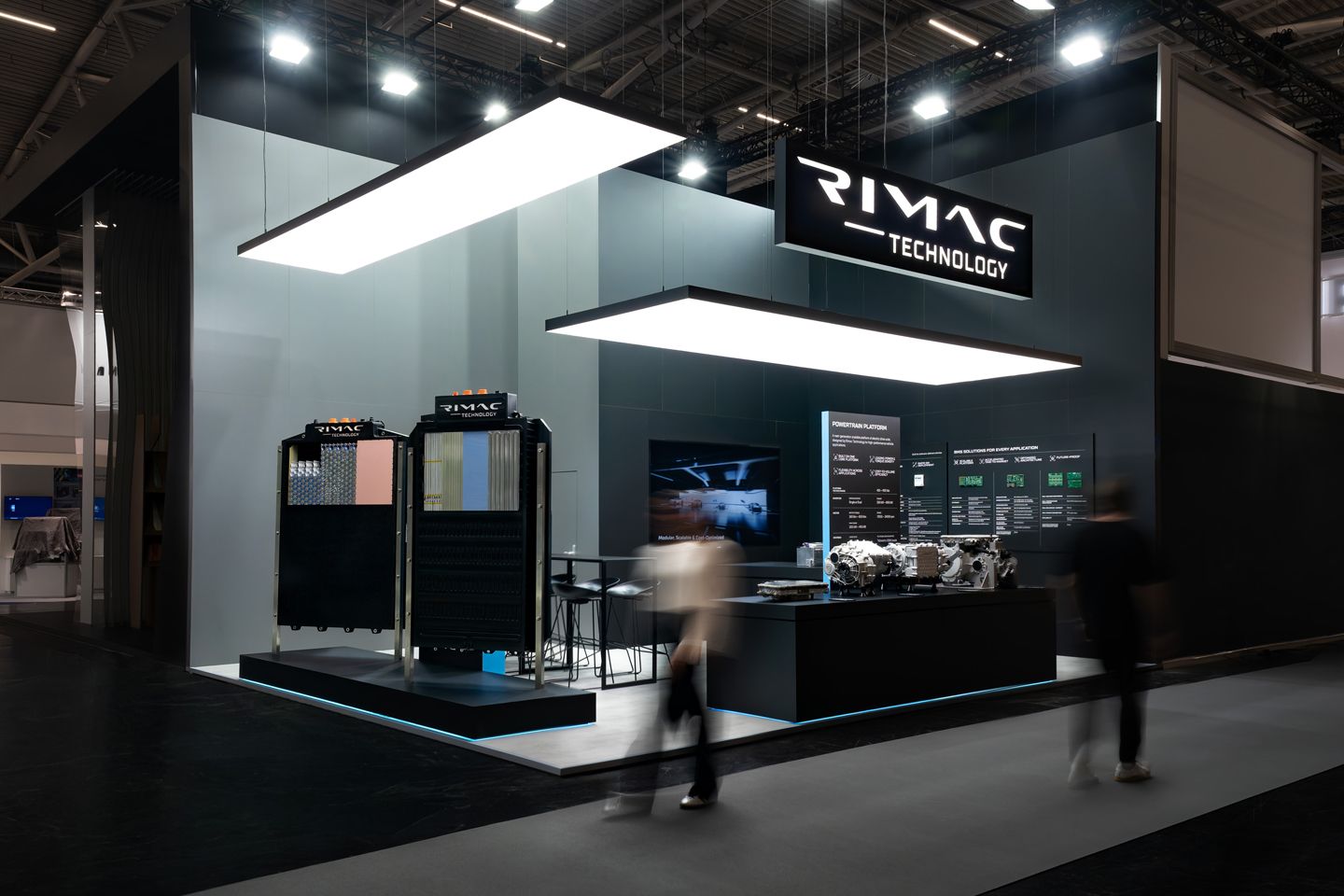
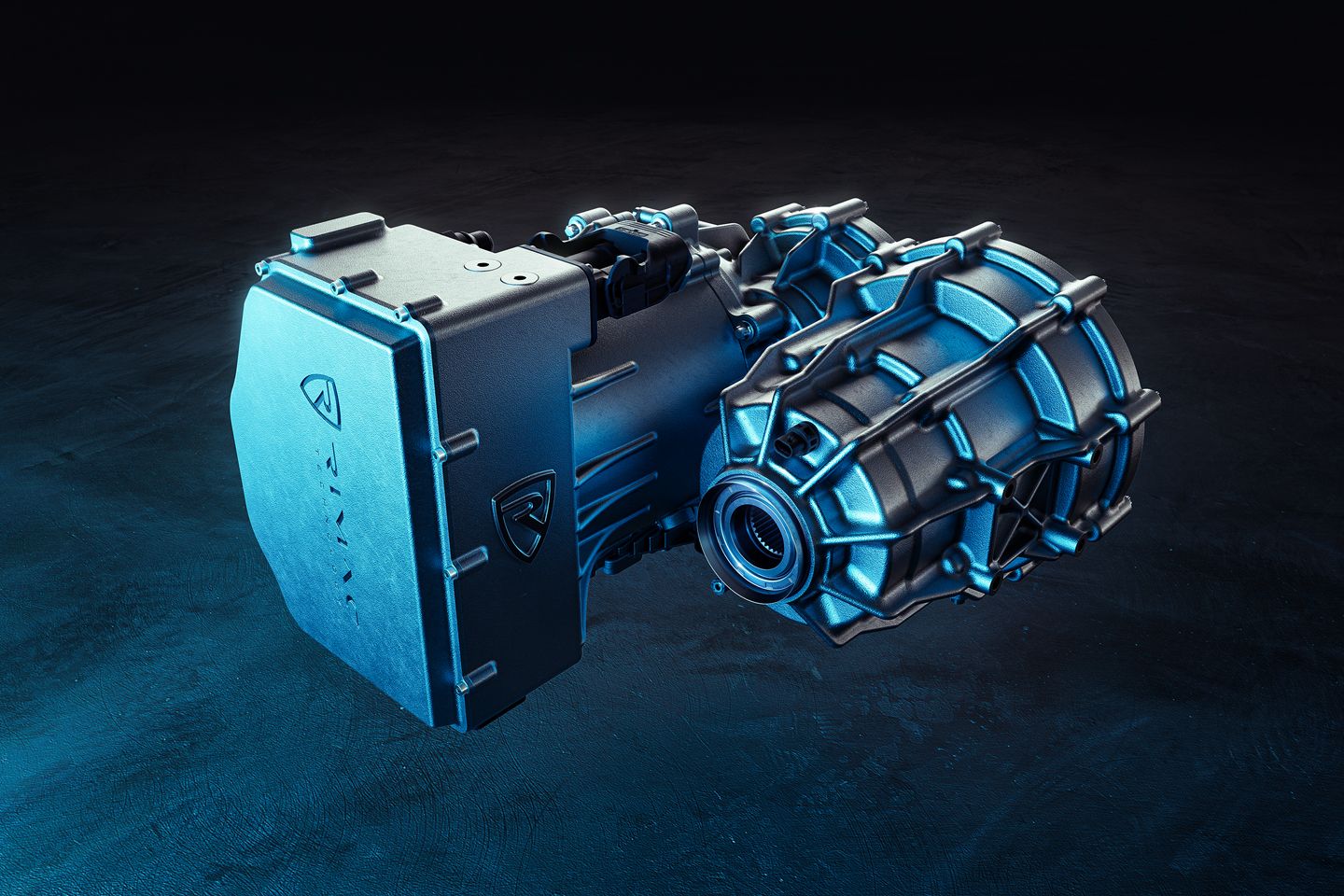
"the new solution actually uses some existing hardware, specifically 46XX Gen2 NMC cells; they can now be packaged and cooled more efficiently, thus improving performance. Rimac says its new layout can combine those 46XX cells with ‘power-dense’ 2170 items". ie a load of NMC which aren't SS, and some 2170 that might be SS.
Makes you wonder why it's not entirely SS. Availability? Limitation of some sort?
The reason I'm cynical is a) lots of people keep claiming solid state and it's not and b) lots of "revolutionary" battery tech has been revealed, but it never quite is, yes, in once aspect, but a huge backward step in another. eg. one that's double the capacity and half the size... but can't be recharged.
"Yawn"
"I'd rather have a V8 please"
"I'll die before I buy an electric car"
etc etc
I think anyone more excited by a Vauxhall Monaro than a Rimac Nevera needs their sanity checked.
Look forward to seeing what Rimac & Co do with this technology next.
"the new solution actually uses some existing hardware, specifically 46XX Gen2 NMC cells; they can now be packaged and cooled more efficiently, thus improving performance. Rimac says its new layout can combine those 46XX cells with ‘power-dense’ 2170 items". ie a load of NMC which aren't SS, and some 2170 that might be SS.
Makes you wonder why it's not entirely SS. Availability? Limitation of some sort?
The reason I'm cynical is a) lots of people keep claiming solid state and it's not and b) lots of "revolutionary" battery tech has been revealed, but it never quite is, yes, in once aspect, but a huge backward step in another. eg. one that's double the capacity and half the size... but can't be recharged.
Energy density of wet cells is now matching what solid state was going to achieve on paper but you can smash a charge into an SS cell more quickly as well as discharge more quickly along with some other advantages.
So yes, current wet cells can achieve energy densities which match SS, but the theoretical limit of SS is much higher. High enough that in terms of kg of energy storage medium you need to lug around to travel per 100 miles, it could actually beat petrol.
The important thing to point out is that it won't be a "big bang" change. Some people think the change between wet cells and solid state is going to be like the change between cathode TVs and flatscreen TVs, where the technology is released and it is suddently a gamechanger, but it won't be like that. SS and wet cells are both being developed at pace, and at some point a crossover will occur where SS is commercially viable at scale at a performance that beats wet cells. That should be followed by incremental improvements that see better and better batteries released, just as we have seen with existing cell techology, where even a cheap modern EV has a vastly better battery than, say, a 2010 Nissan Leaf.
When?
Soon.
(Repeat annually)
However, this development does make sense of the huge valuation placed on Rimac, and presumably is what got Porsche excited a few years ago.
Maybe, just maybe, this is the breakthrough.
When?
Soon.
(Repeat annually)
The EV fanboys have been talking Miracle Batteries on here for at least 10 years

TX.
Scoff all you want but we'll all live to see the evolution of SS battery tech being adopted for use in passenger cars, quite likely coming from either CATL or BYD.
The EV fanboys have been talking Miracle Batteries on here for at least 10 years

TX.
How close to a miracle does it need to be anyway before you throw in the towel?
Arguably the NCMA-based battery in the Mercedes AMG GT XX that recently did the '186 mph for 8 days' and recharged at 850kW average power in between is pretty damn close.
The EV fanboys have been talking Miracle Batteries on here for at least 10 years

TX.
How close to a miracle does it need to be anyway before you throw in the towel?
Arguably the NCMA-based battery in the Mercedes AMG GT XX that recently did the '186 mph for 8 days' and recharged at 850kW average power in between is pretty damn close.
 ks. An EV could offer 1000 miles range, engagement like a Caterham and recharge quicker than he can zip up a beige cardigan, there will still be something wrong with it.
ks. An EV could offer 1000 miles range, engagement like a Caterham and recharge quicker than he can zip up a beige cardigan, there will still be something wrong with it. 
Gassing Station | General Gassing | Top of Page | What's New | My Stuff



